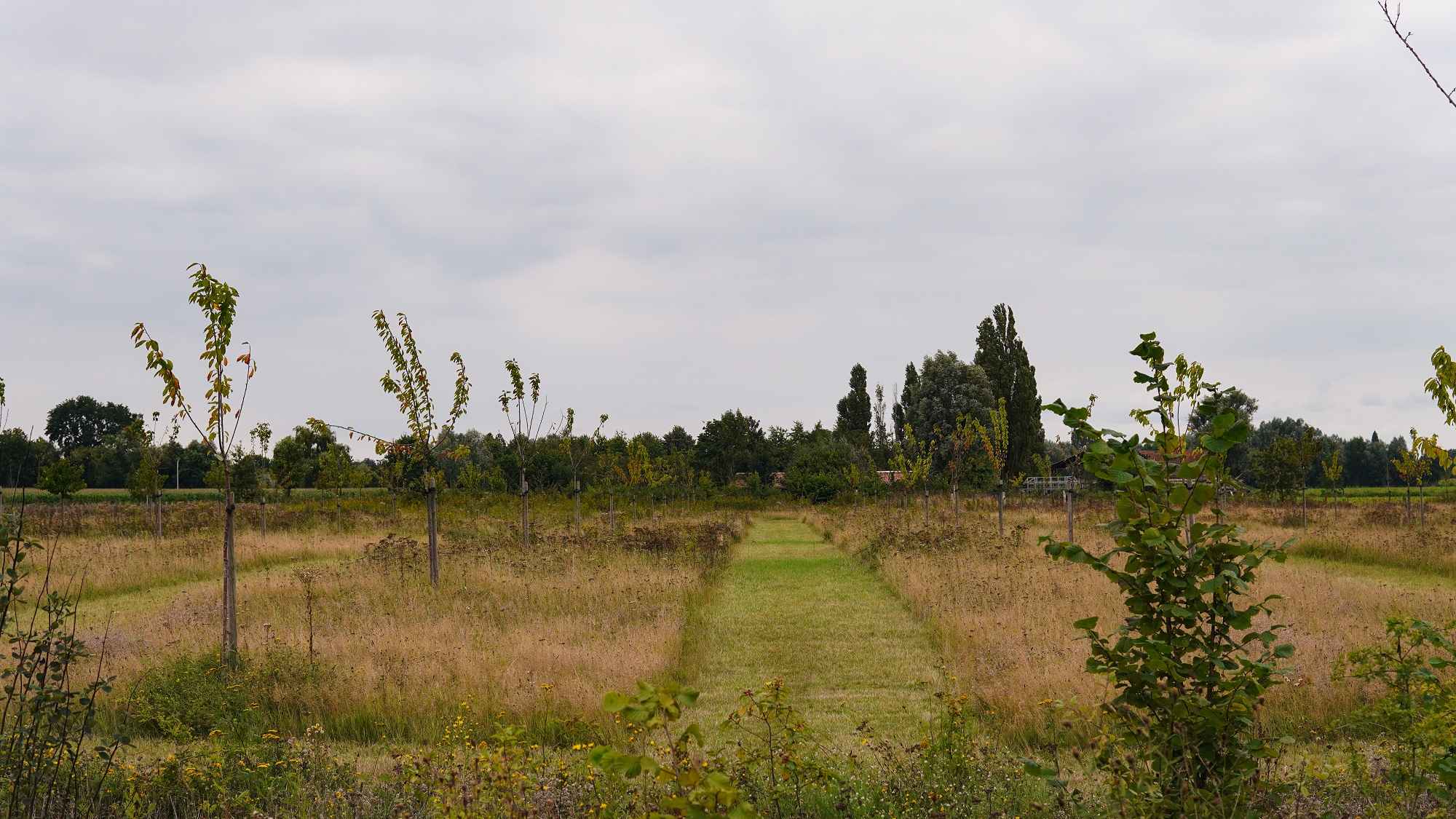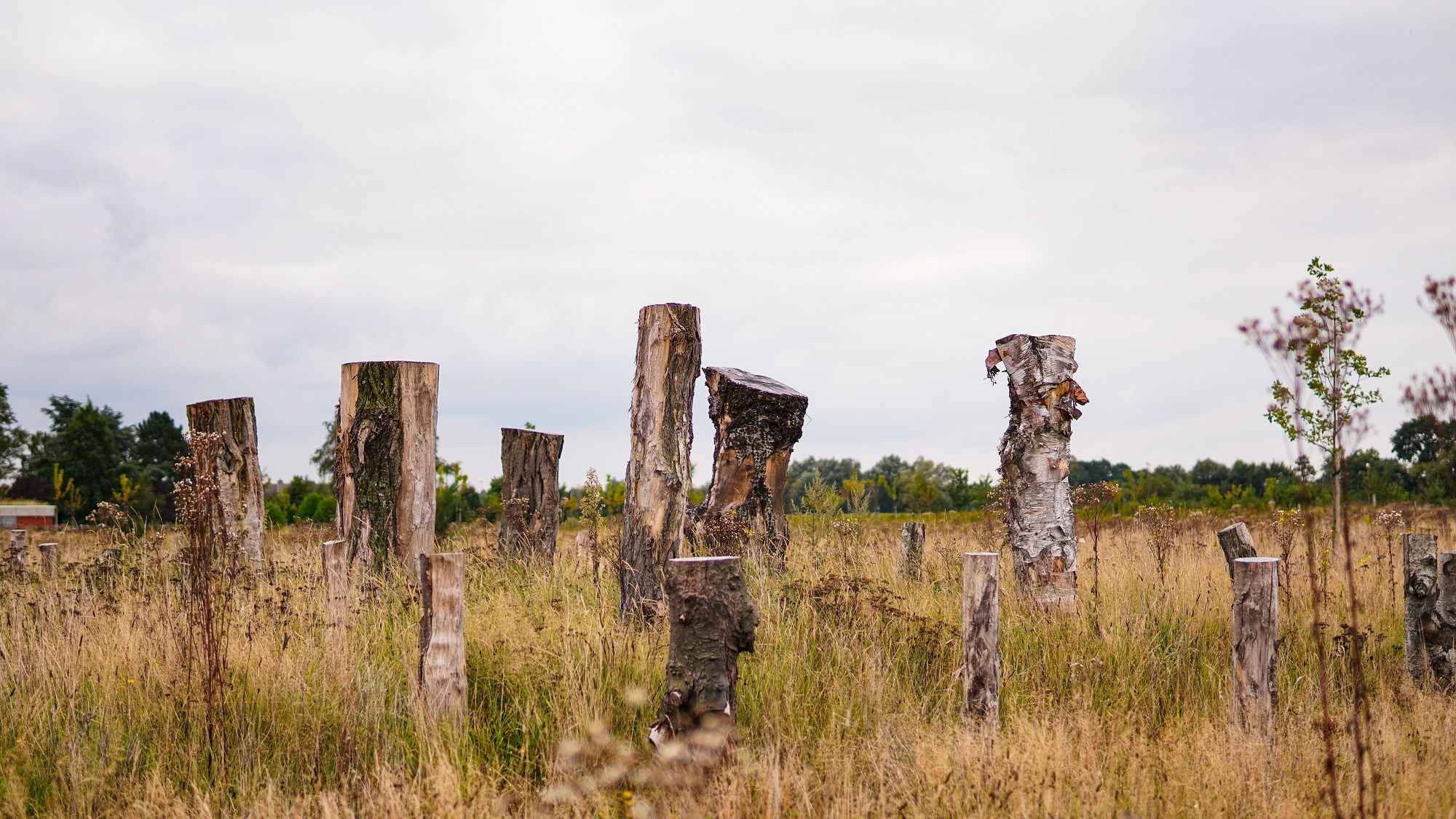Thessaloniki gets ready for its metro launch in November
The underground rapid transit lines have been under construction for almost two decades due to various project delays
 TheMayor.EU logo
TheMayor.EU logo The main principle behind the cemetery is that it takes 25 years for the human body to decompose and become a part of nature
This Wednesday, the first natural cemetery in Flanders opened, in the town of Drongen, a satellite town of Ghent in Belgium. There are no tombstones or divided burial plots, nor paved paths. All the coffins need to be biodegradable, as well, since people can lease a plot there for only 25 years – the time it takes for a human body to be absorbed by nature.
Everything in the cemetery, such as place markers and benches, is made from felled trees and stumps, and if the family wants to honour the deceased, they can put up a named birdhouse in the cemetery.
This is not the first natural cemetery in Flanders, however, Drogen’s is the first where people can bury their loved ones’ bodies. Up to this point, natural cemeteries were places where only the scattering of ashes and the burial of urns was allowed.
The dead are given a place where they can become one with nature again. There are no memorials, but relatives can hang a birdhouse with the name of the deceased on a tree.
Urns and coffins must be made of biodegradable materials, while people can lease the land for 25 years. People can reserve a place in advance, though, and there is room for a total of 600 graves on the property.
 In a couple of years, the cemetery will become a cherry orchard,
In a couple of years, the cemetery will become a cherry orchard,
Source: City of Ghent
The Drogen Cemetery currently has 72 cherry trees and the developers preserved much of the features and landscape on the plot. A nice touch to the concept of the natural cemetery is that there are no evergreens – the usual types of trees used for cemeteries.
 Bronze age burial mound in the cemetery, Source: City of Ghent
Bronze age burial mound in the cemetery, Source: City of Ghent
Evergreens are usually planted so a cemetery can seem frozen in time, with the season barely noticeable. Here, though, the passage of time is somewhat built into the concept, so seasons will be clearly noticeable.
Archaeologists have also discovered a Bronze age burial mound and have marked its contours with wooden posts and a moat. And, more importantly, people can bury urns on the ancient burial mound, creating a link between the distant past and the present.
Filip Watteeuw, Alderman of City Archaeology, was quoted in a press release, saying: “The City conducts archaeological research on all new developments. This also happened in connection with this new natural cemetery. The research has yielded a lot. It is great that the archaeological finds are incorporated in the new cemetery and given a new function.”

The underground rapid transit lines have been under construction for almost two decades due to various project delays

Now you can get your wine in Talence by paying directly in Bitcoin

That’s because the state has to spend money on updating the railway infrastructure rather than subsidizing the cost of the popular pass

Rethinking renewable energy sources for the urban landscape

The examples, compiled by Beyond Fossil Fuels, can inform and inspire communities and entrepreneurs that still feel trepidation at the prospect of energy transition

Now you can get your wine in Talence by paying directly in Bitcoin

The 10th European Conference on Sustainable Cities and Towns (ESCT) sets the stage for stronger cooperation between the EU, national and local level to fast track Europe's transition to climate neutrality.

At least, that’s the promise made by the mayor of Paris, Anne Hidalgo

The underground rapid transit lines have been under construction for almost two decades due to various project delays

At least, that’s the promise made by the mayor of Paris, Anne Hidalgo

Hostal de Pinós is located in the geographical centre of the autonomous region

Despite its church-y name, the district has long been known as the hangout spot for the artsy crowds

Urban dwellers across the EU are having a say in making their surroundings friendlier to people and the environment.

Forests in the EU can help green the European construction industry and bolster a continent-wide push for architectural improvements.

Apply by 10 November and do your part for the transformation of European public spaces

An interview with the Mayor of a Polish city that seeks to reinvent itself

An interview with the newly elected ICLEI President and Mayor of Malmö

A conversation with the Mayor of Lisbon about the spirit and dimensions of innovation present in the Portuguese capital














